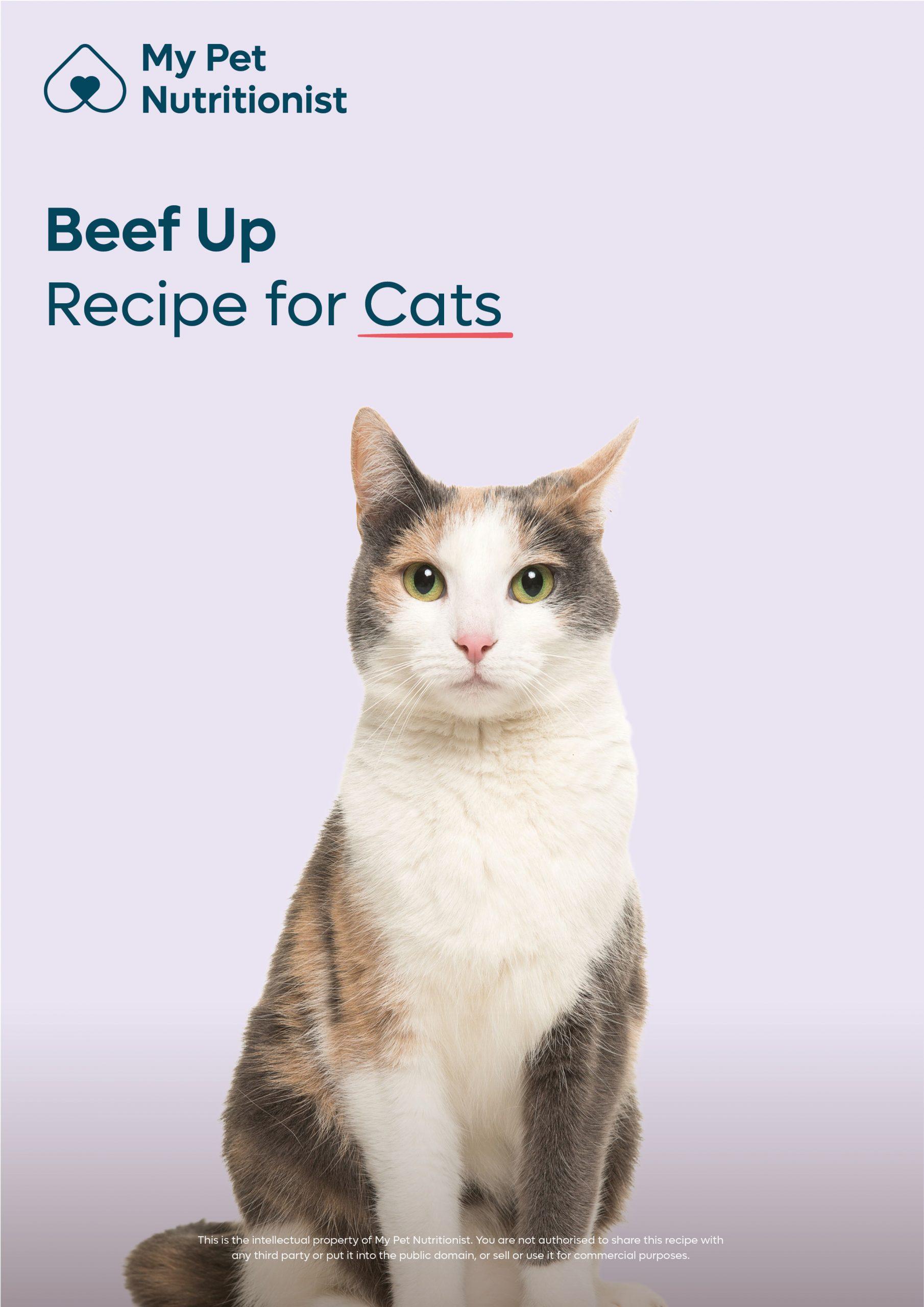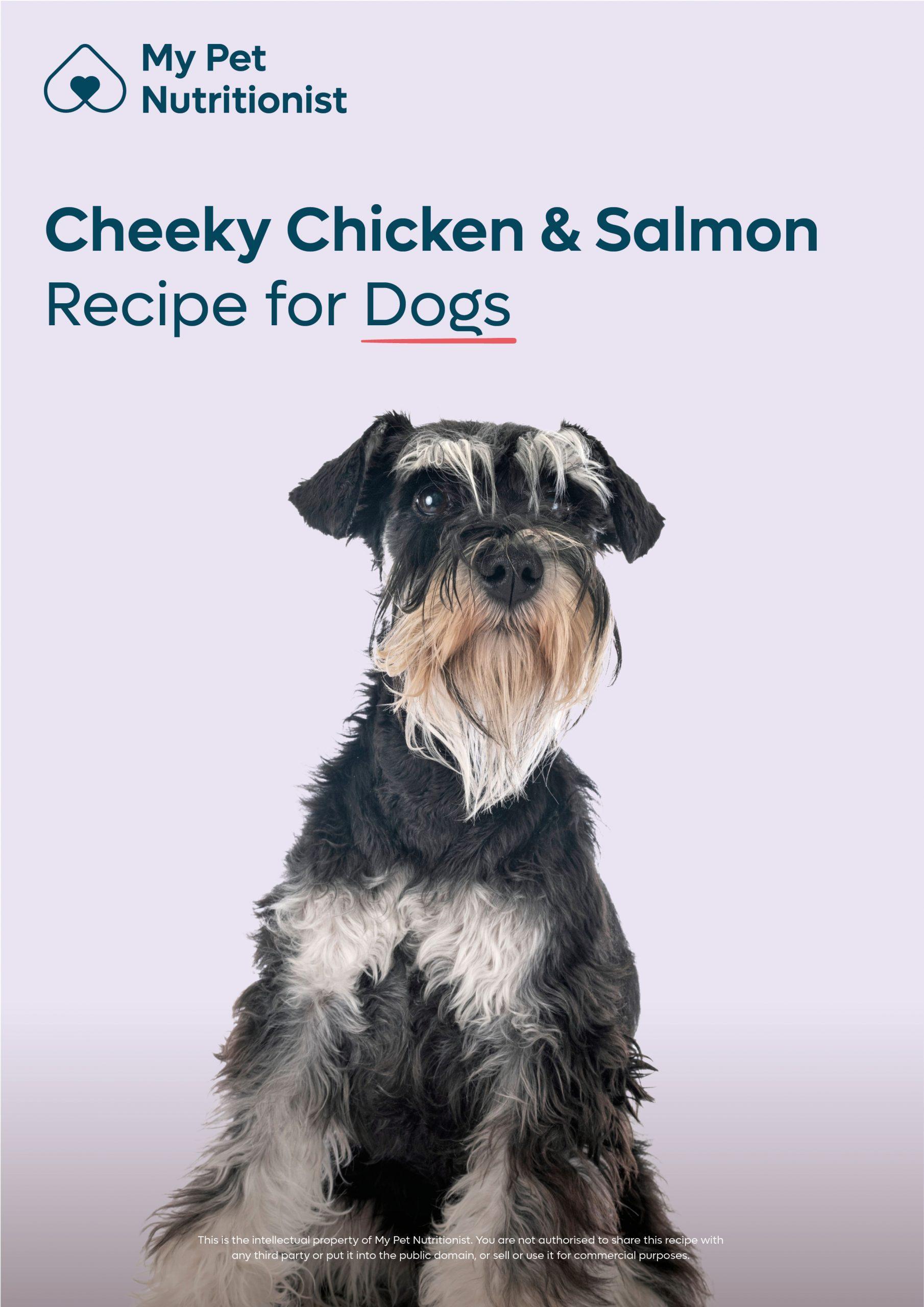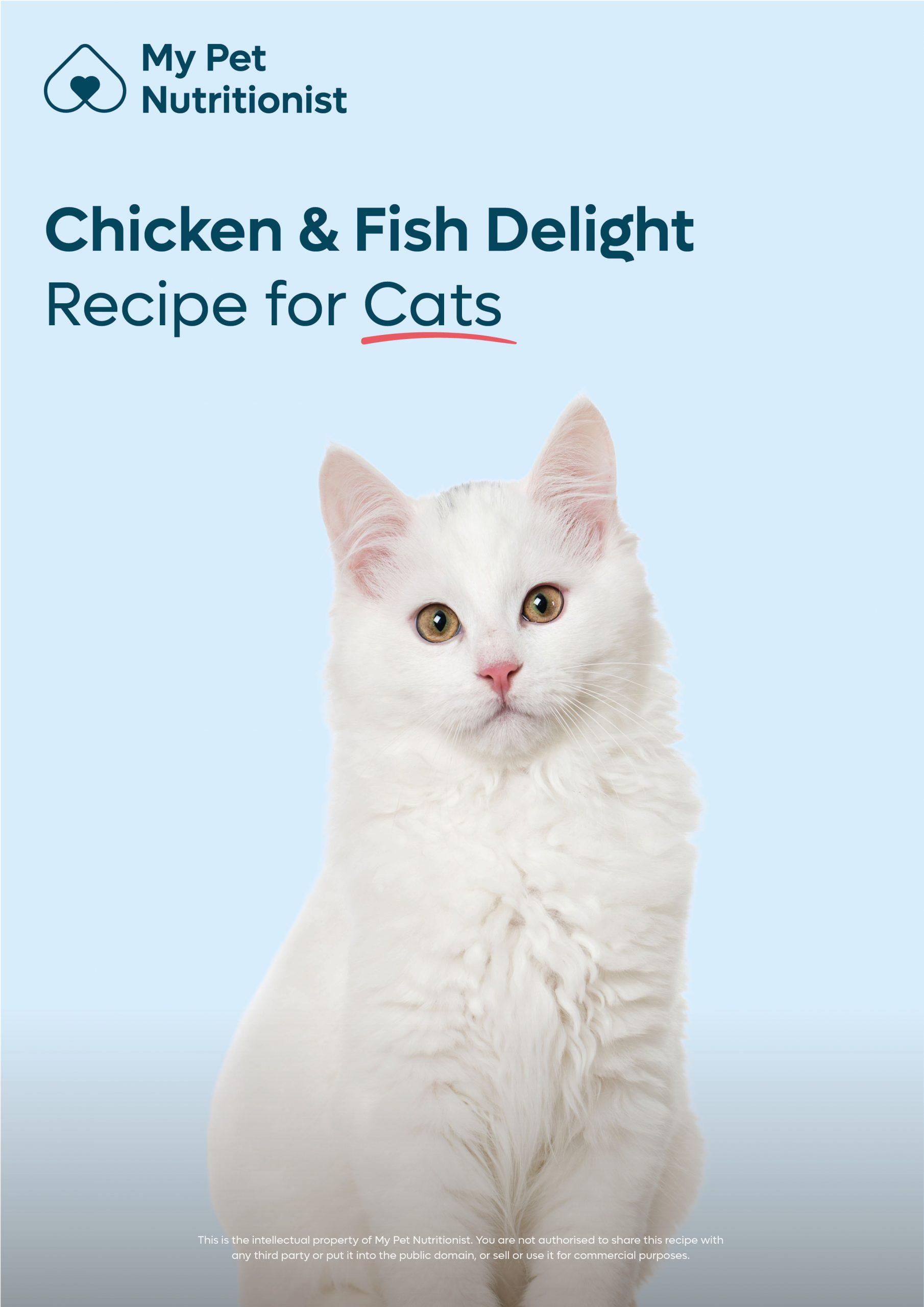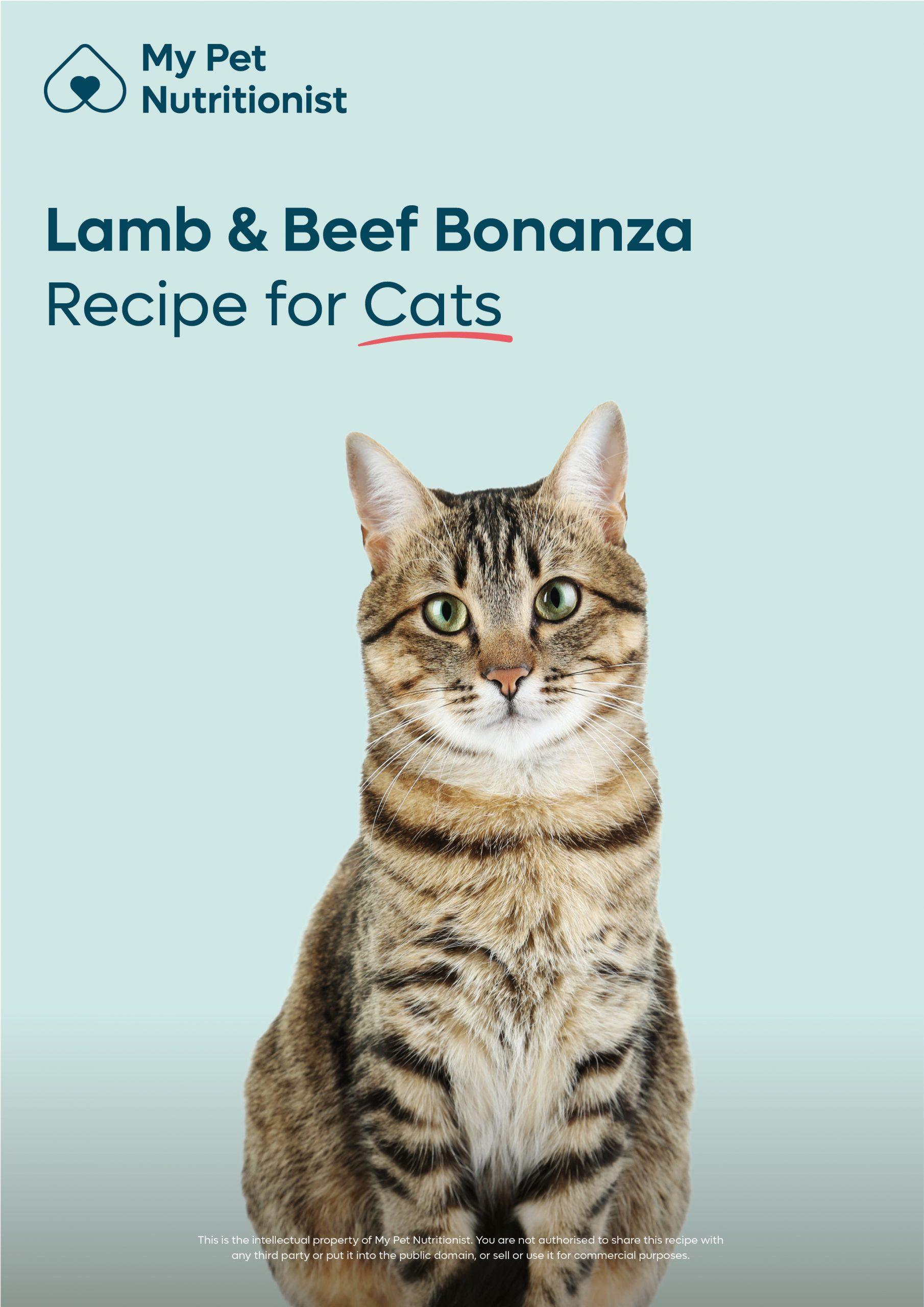-
£29.99£29.99£119.00£19.99£6.99
Cart
8
Cart
8


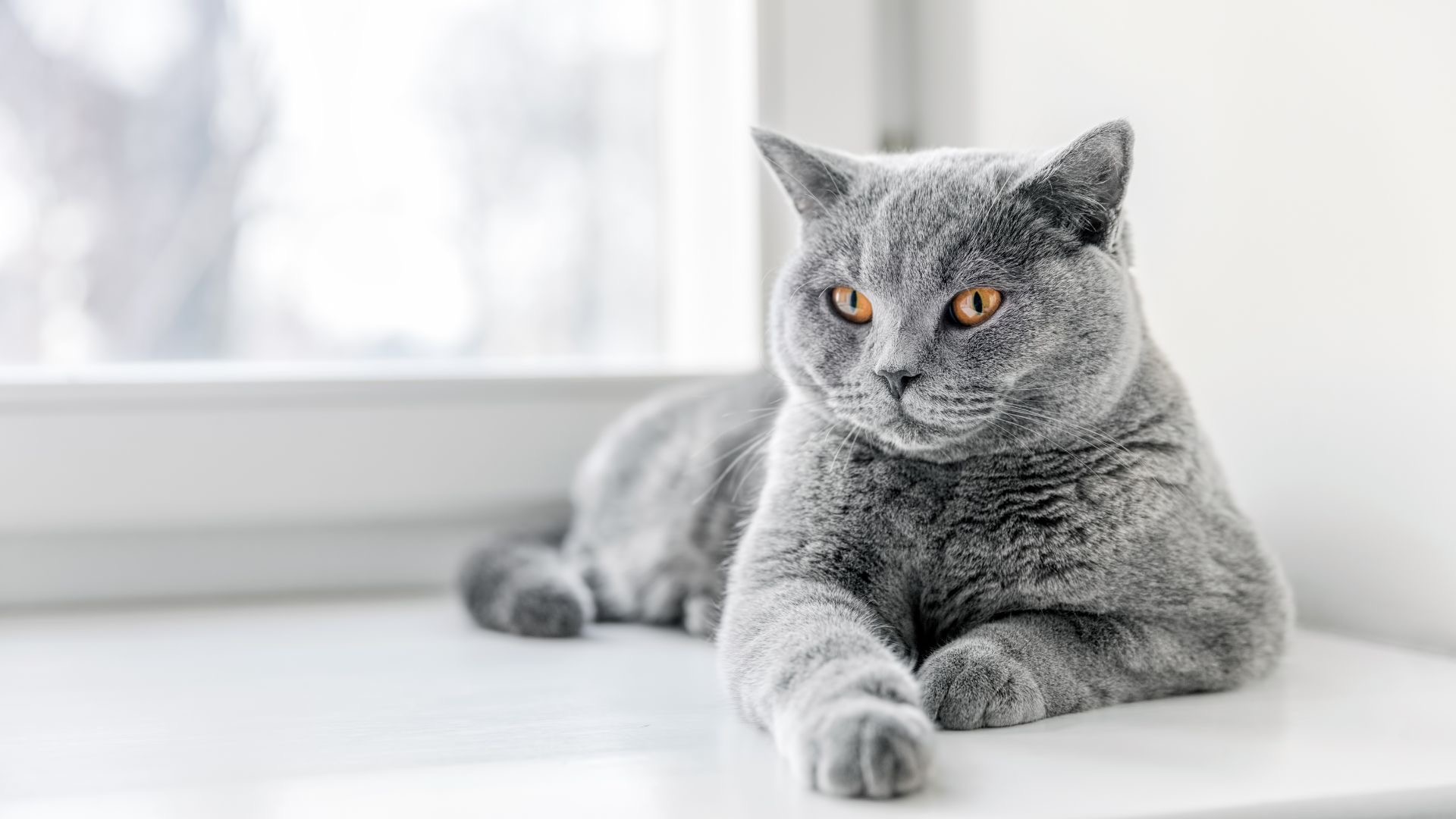 Read Now
Read Now
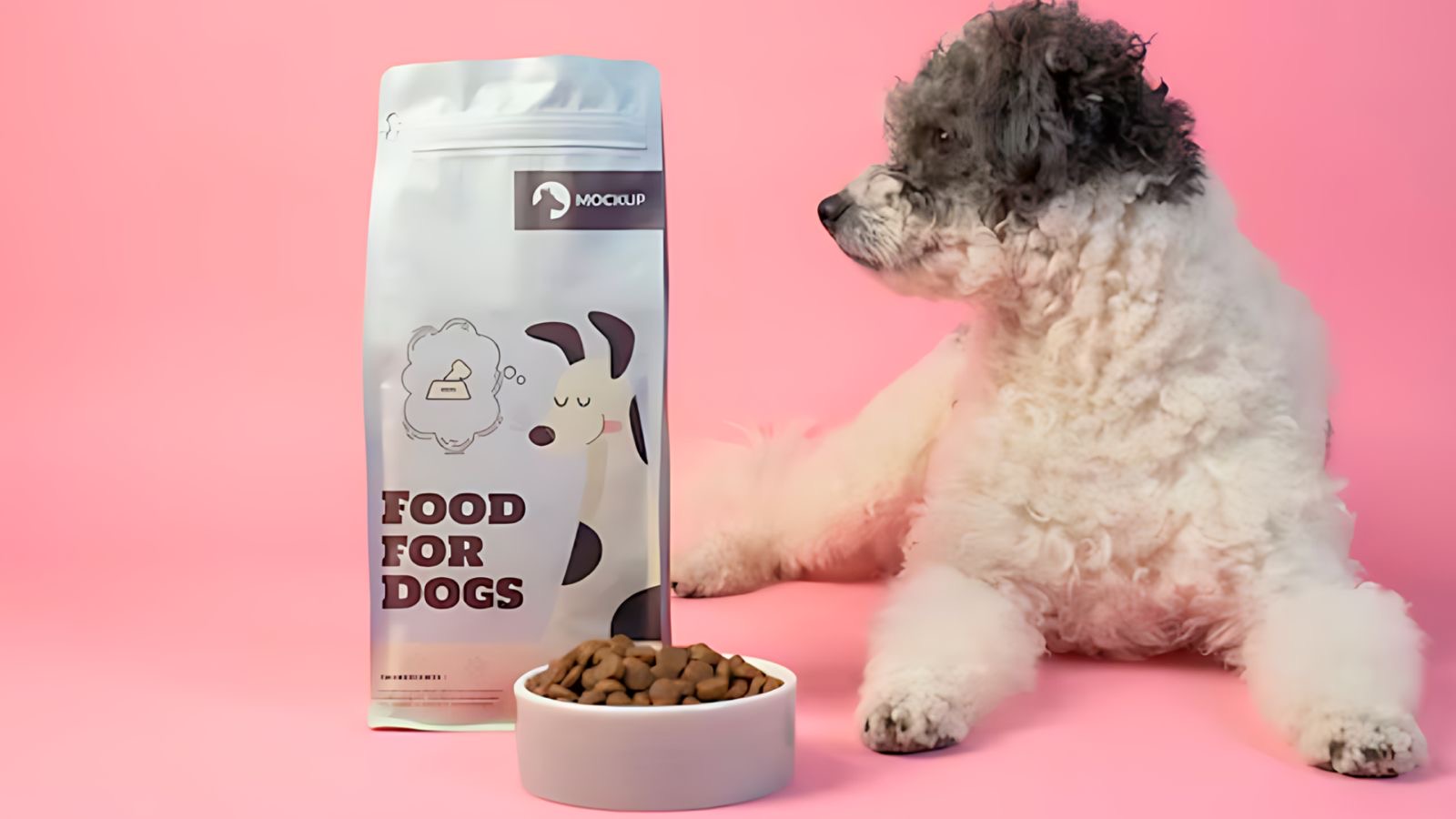 Read Now
Read Now
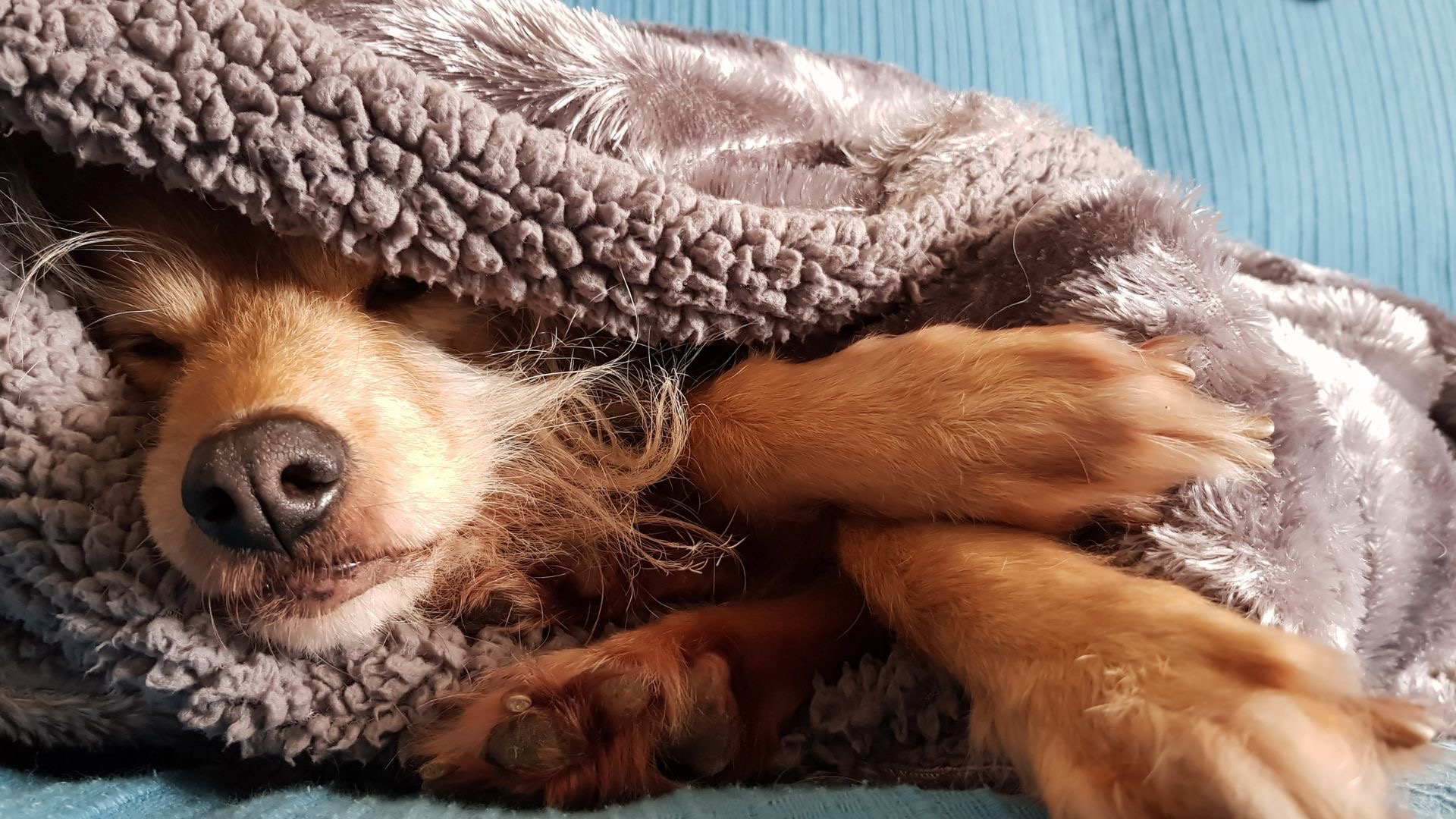 Read Now
Read Now
 Read Now
Read Now
 Read Now
Read Now
 Read Now
Read Now
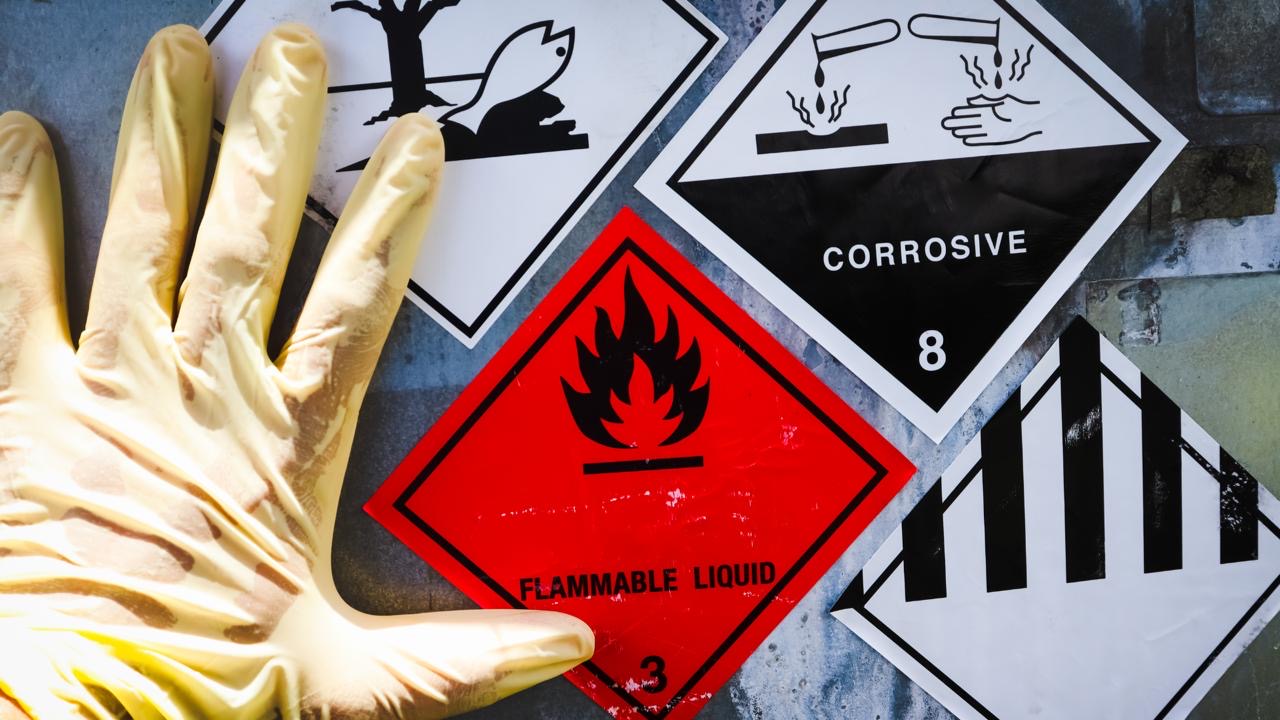 Read Now
Read Now
 Read Now
Read Now
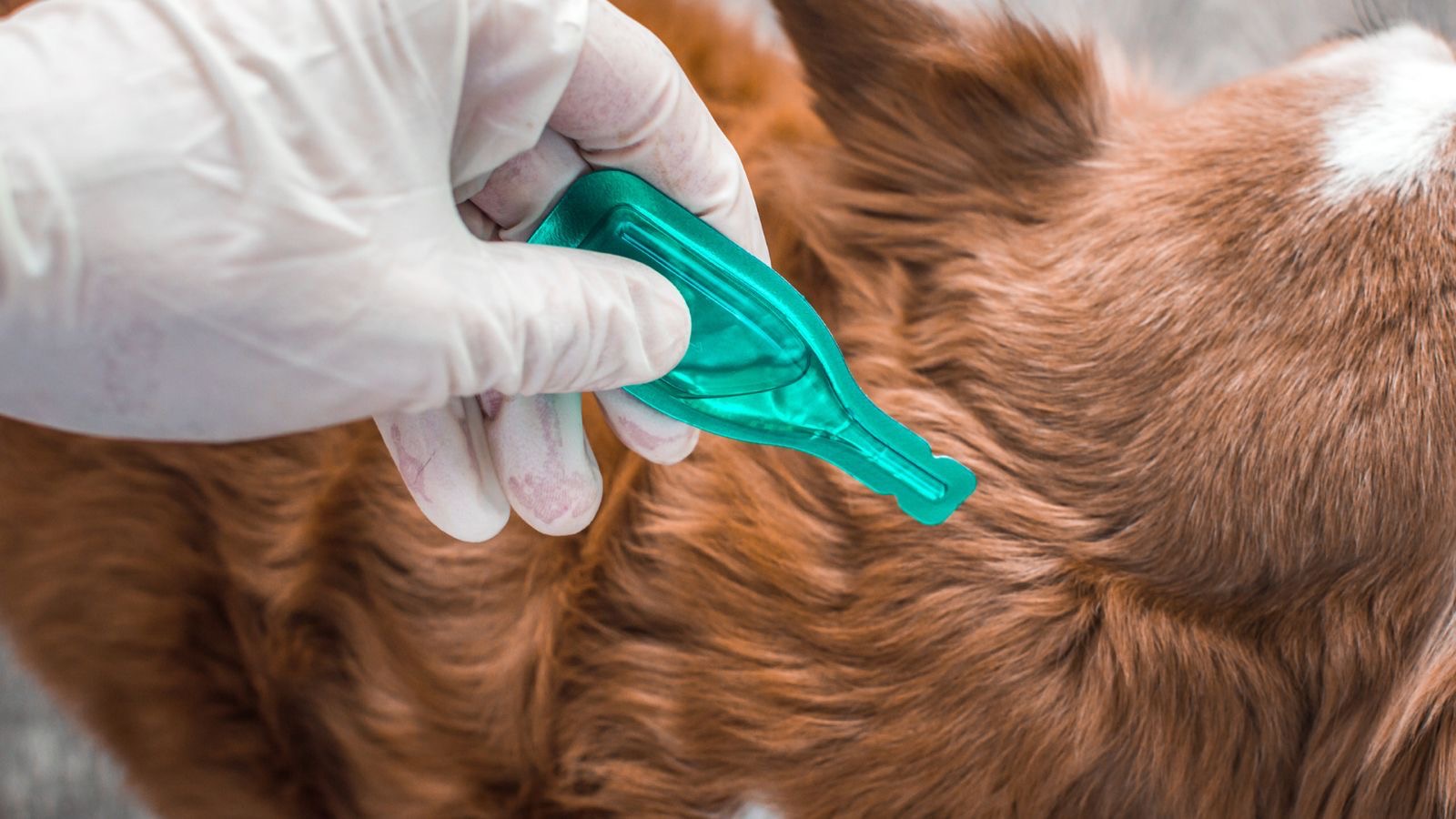 Read Now
Read Now
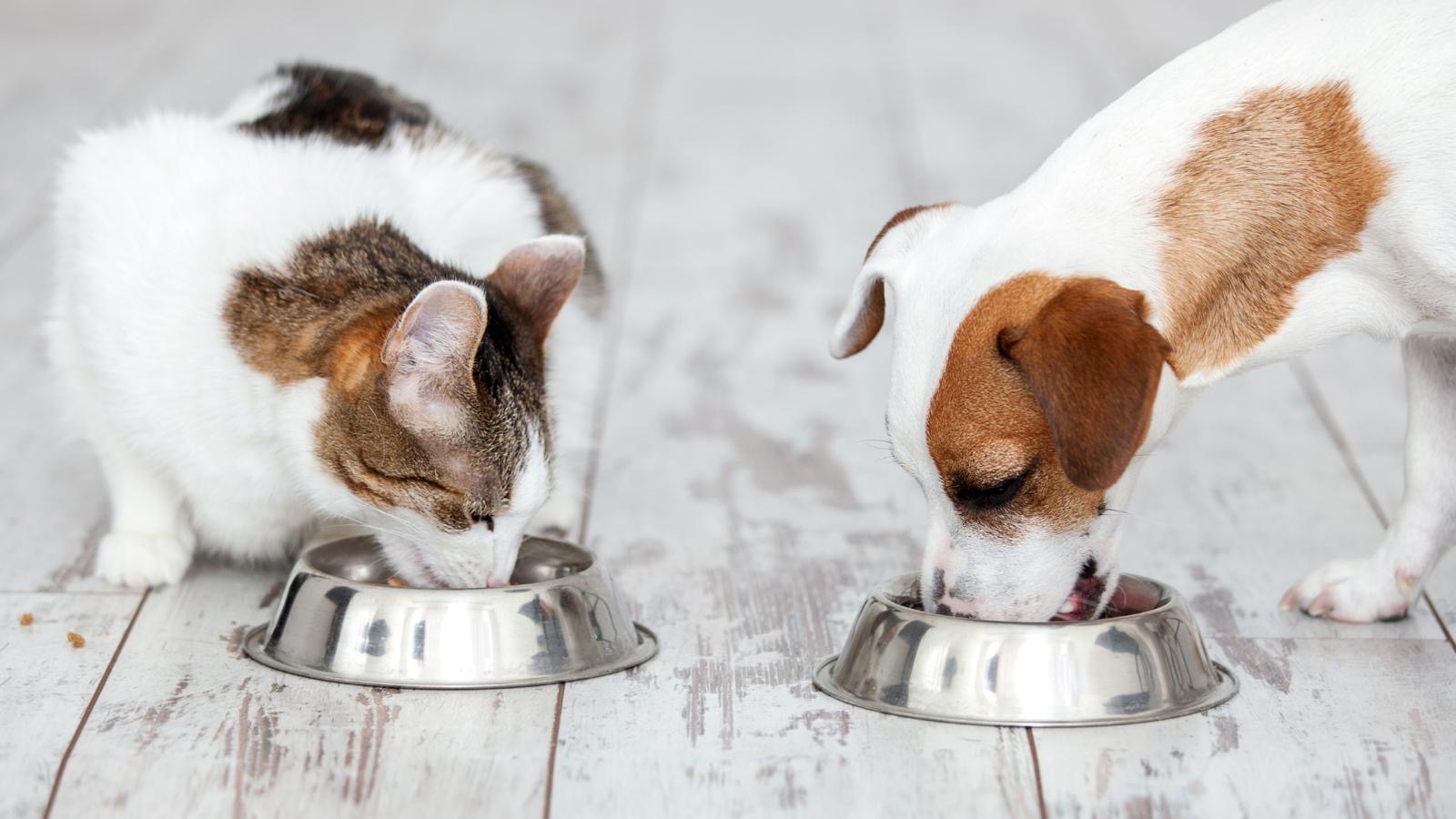 Read Now
Read Now
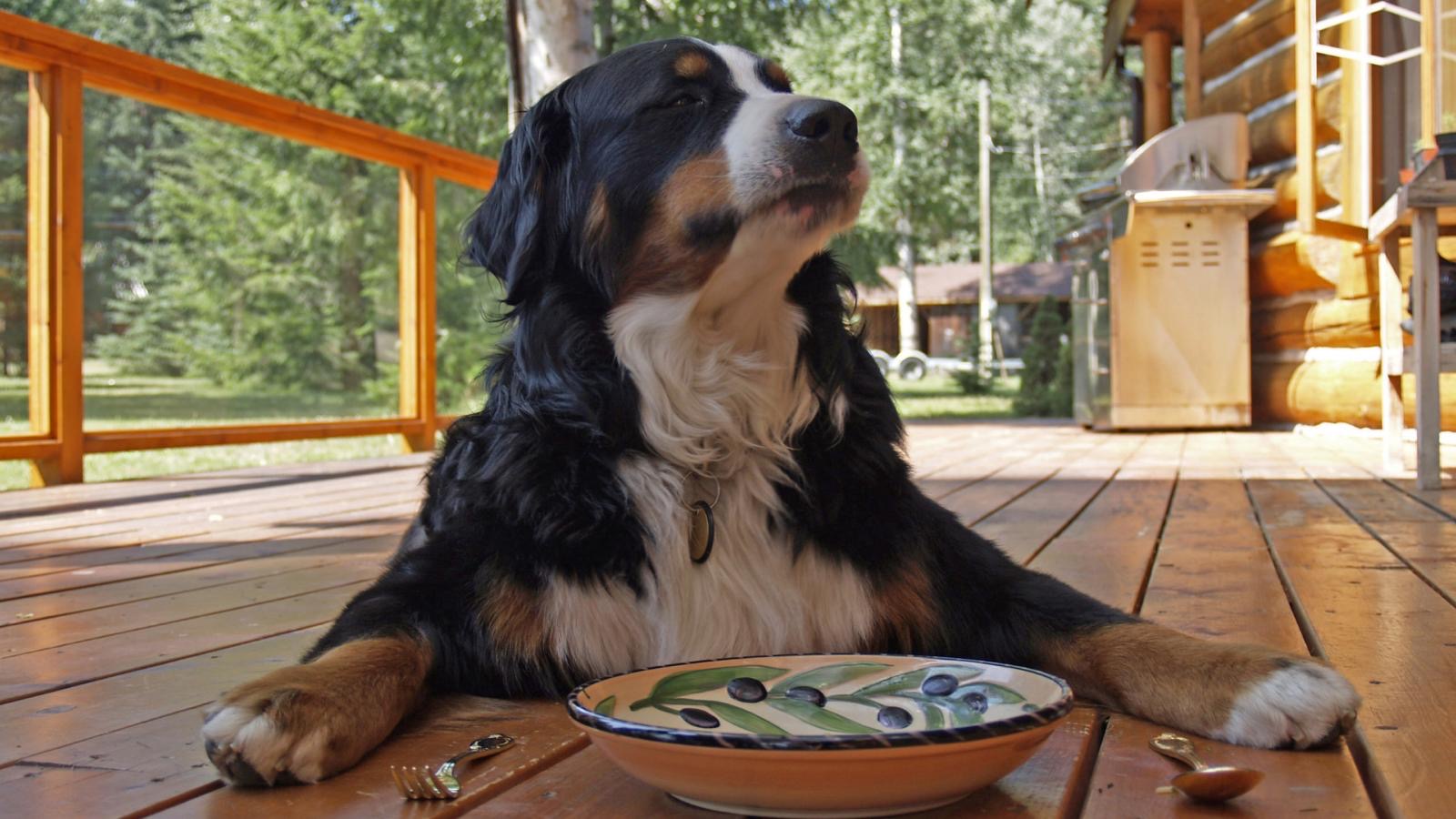 Read Now
Read Now
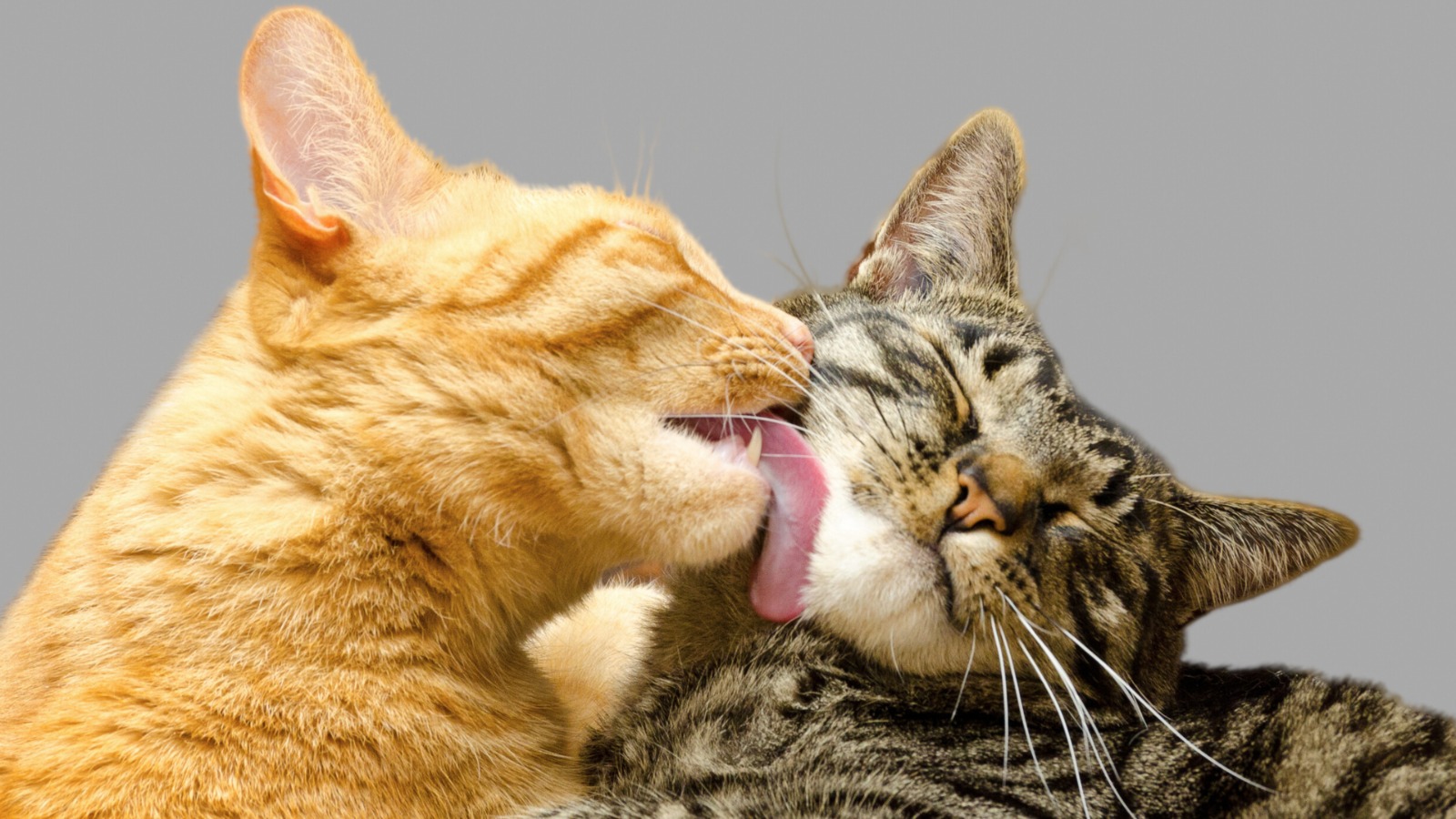 Read Now
Read Now
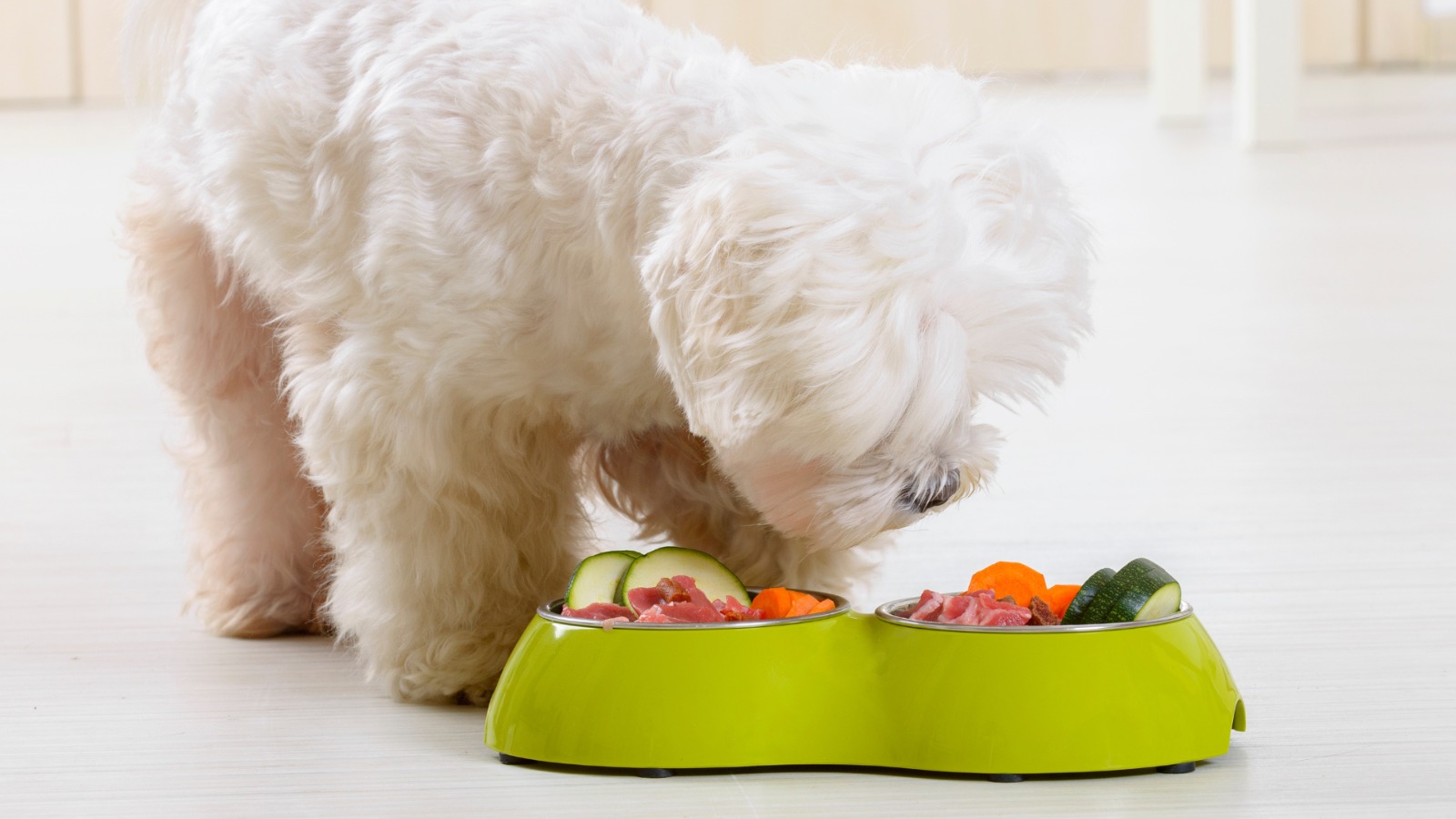 Read Now
Read Now
 Read Now
Read Now
 Read Now
Read Now
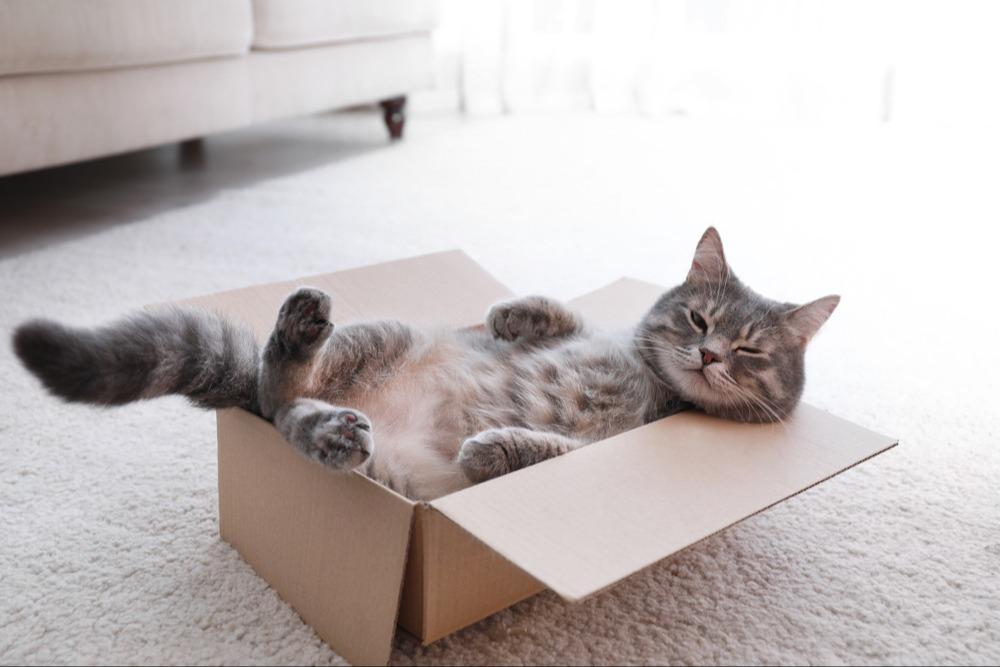 Read Now
Read Now
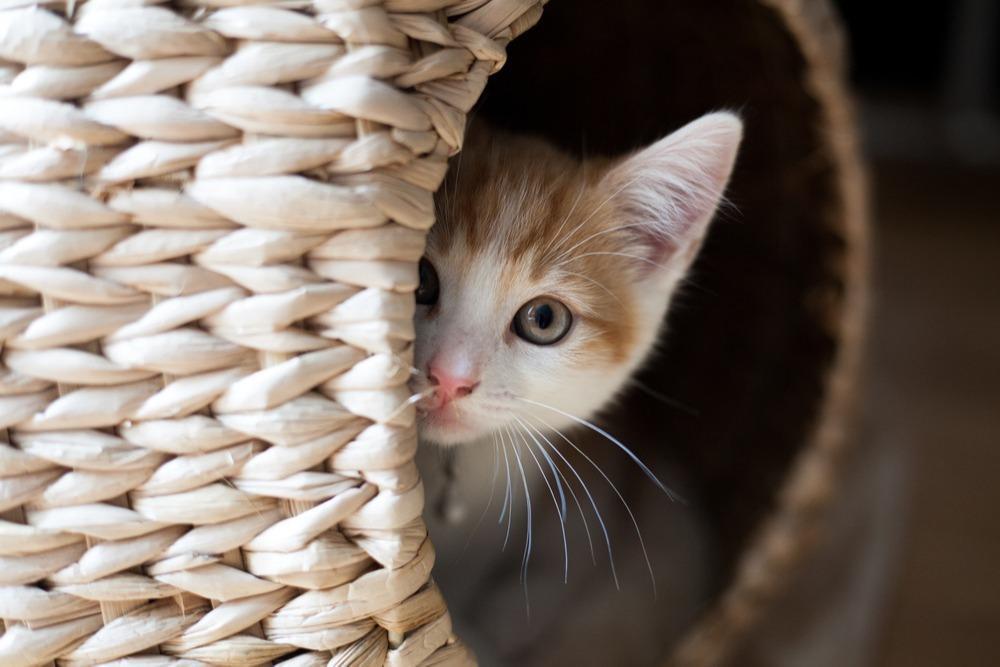 Read Now
Read Now
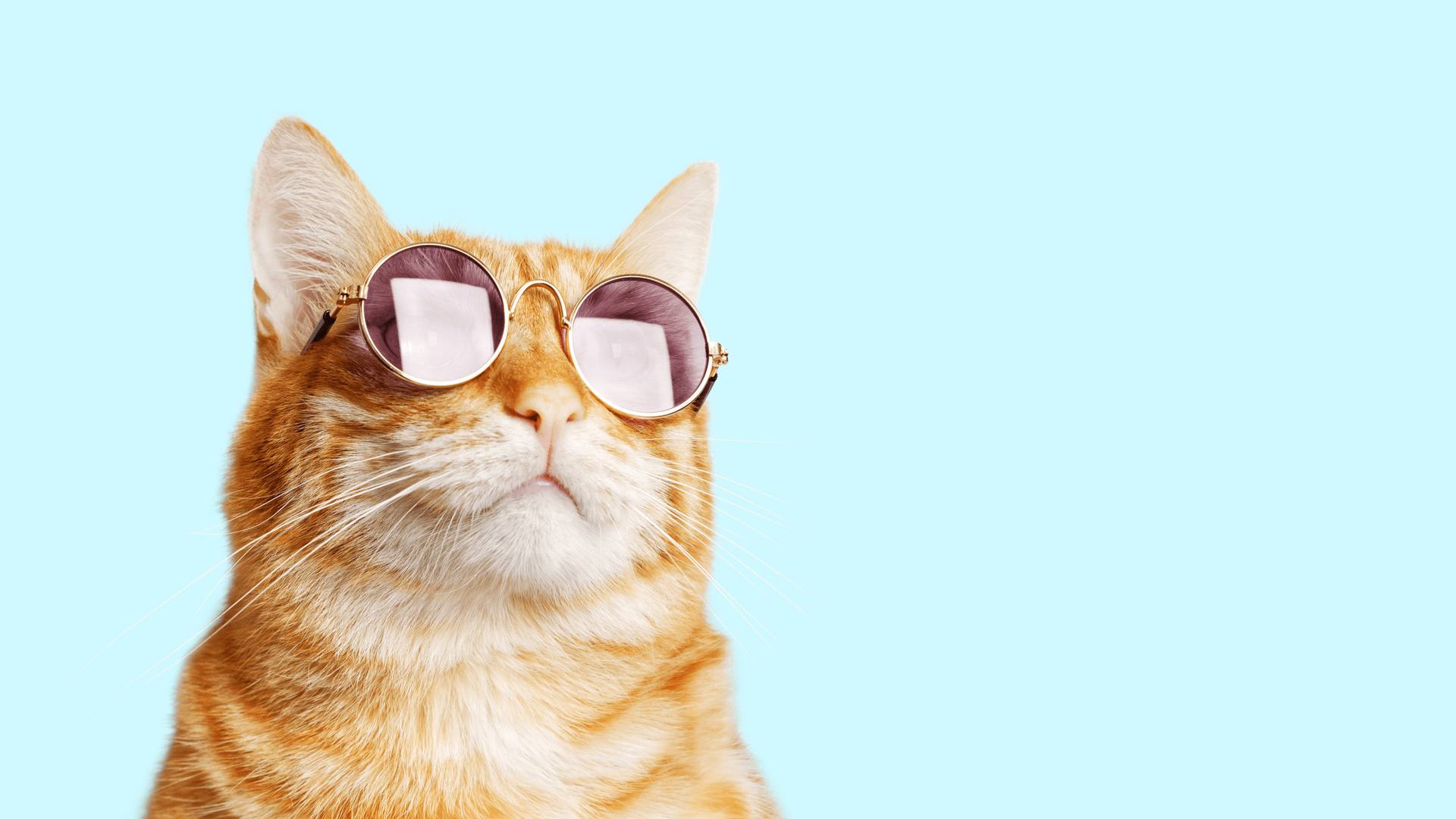 Read Now
Read Now
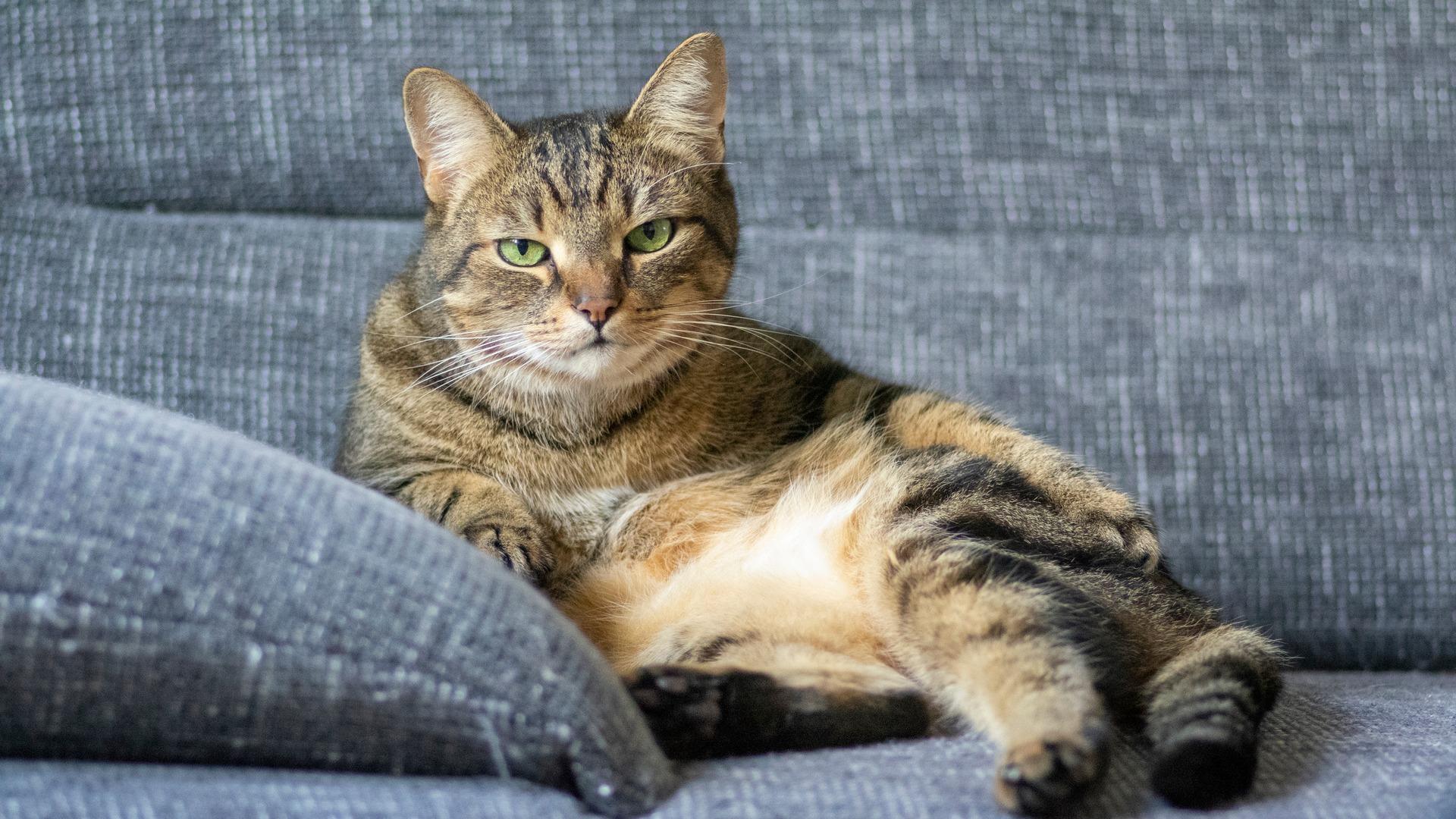 Read Now
Read Now
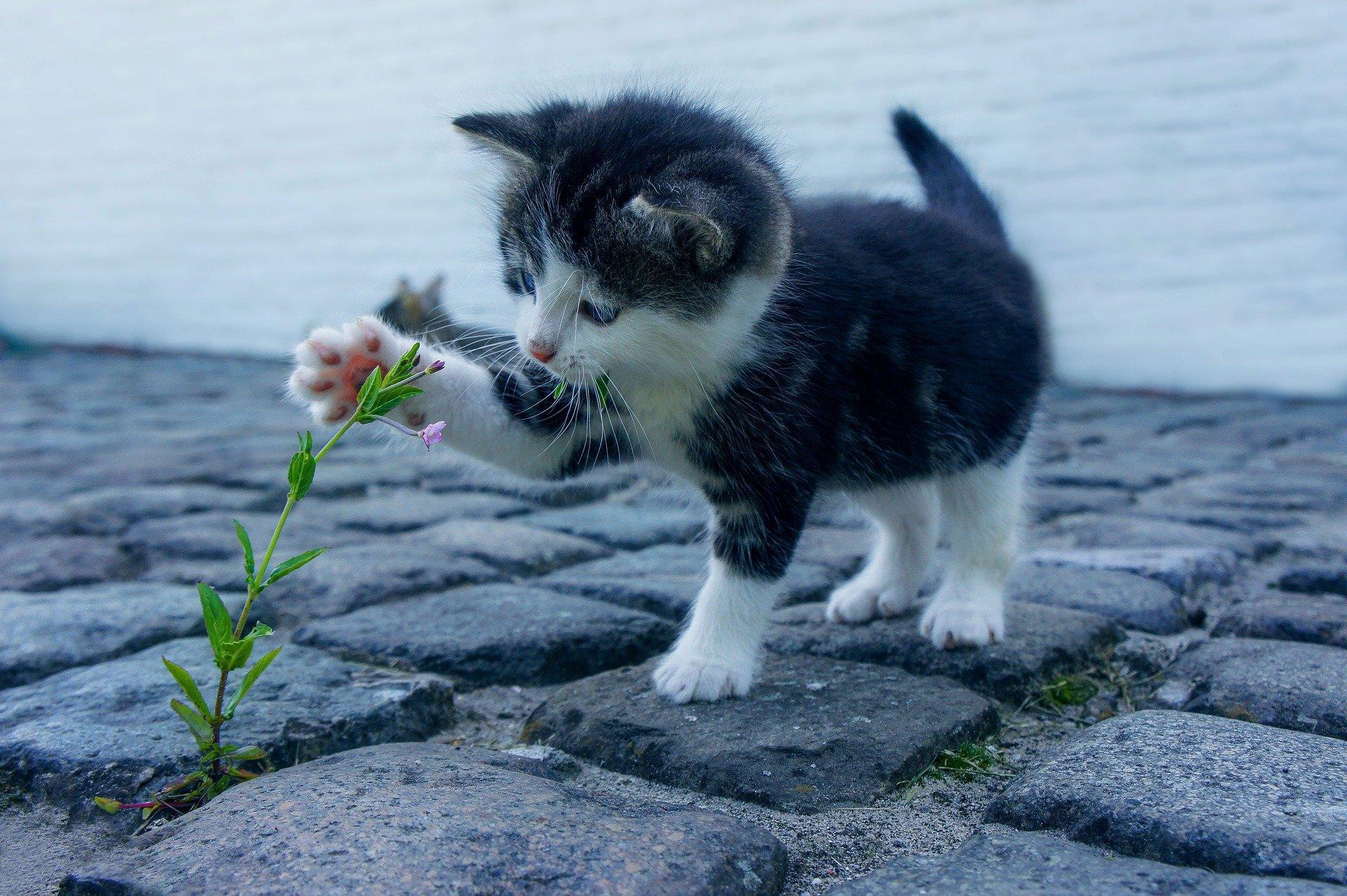 Read Now
Read Now
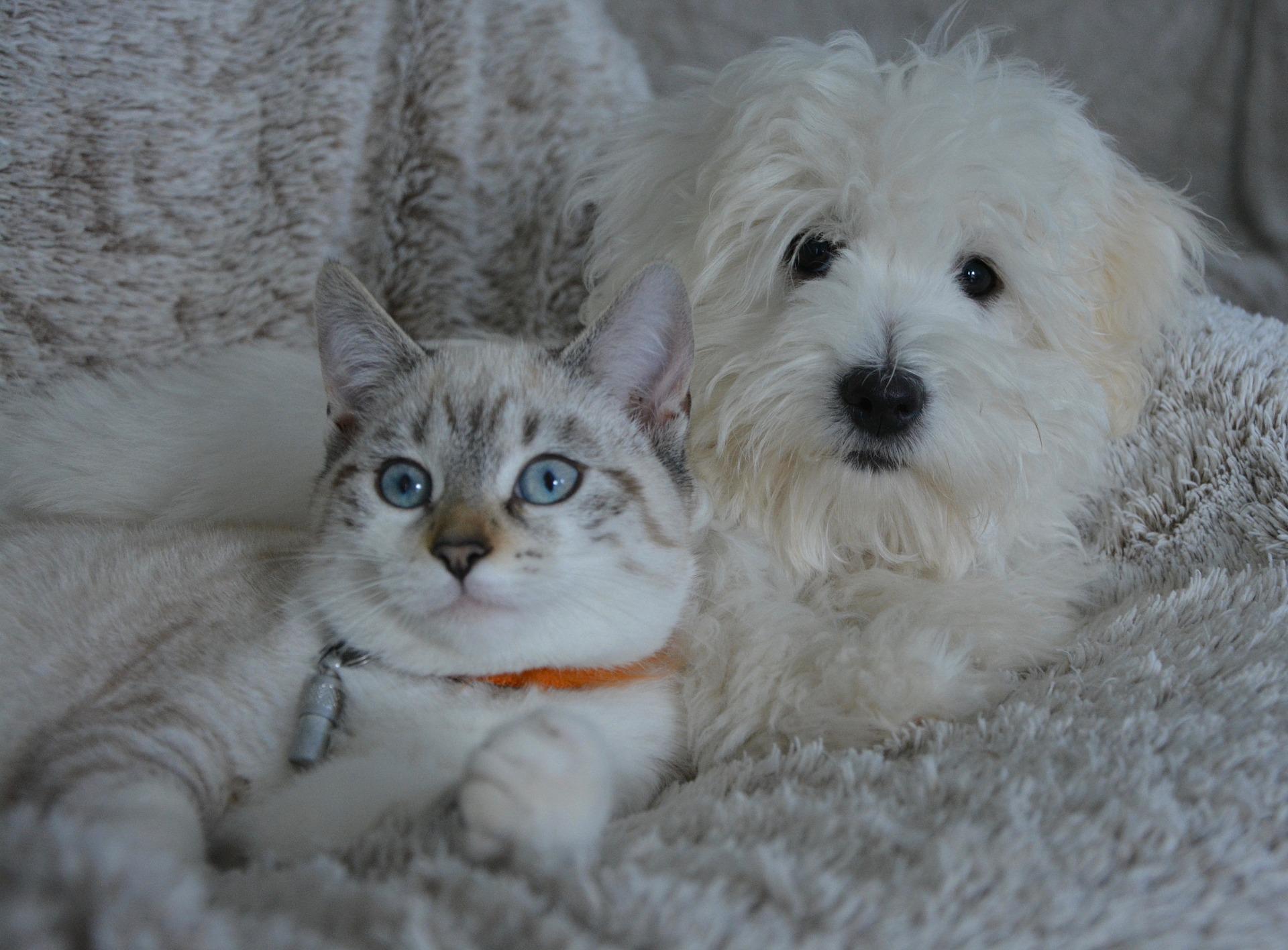 Read Now
Read Now
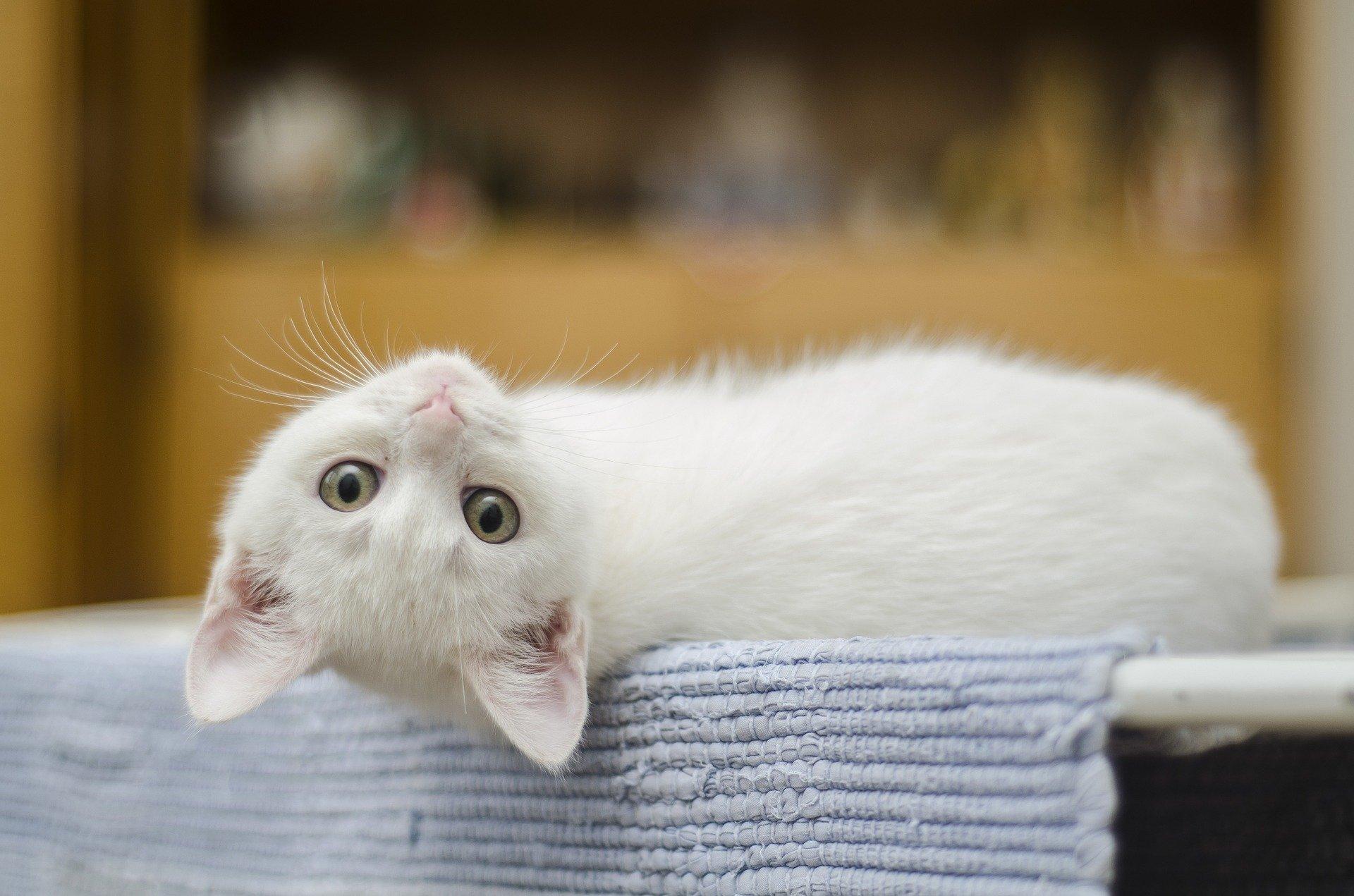 Read Now
Read Now
 Read Now
Read Now
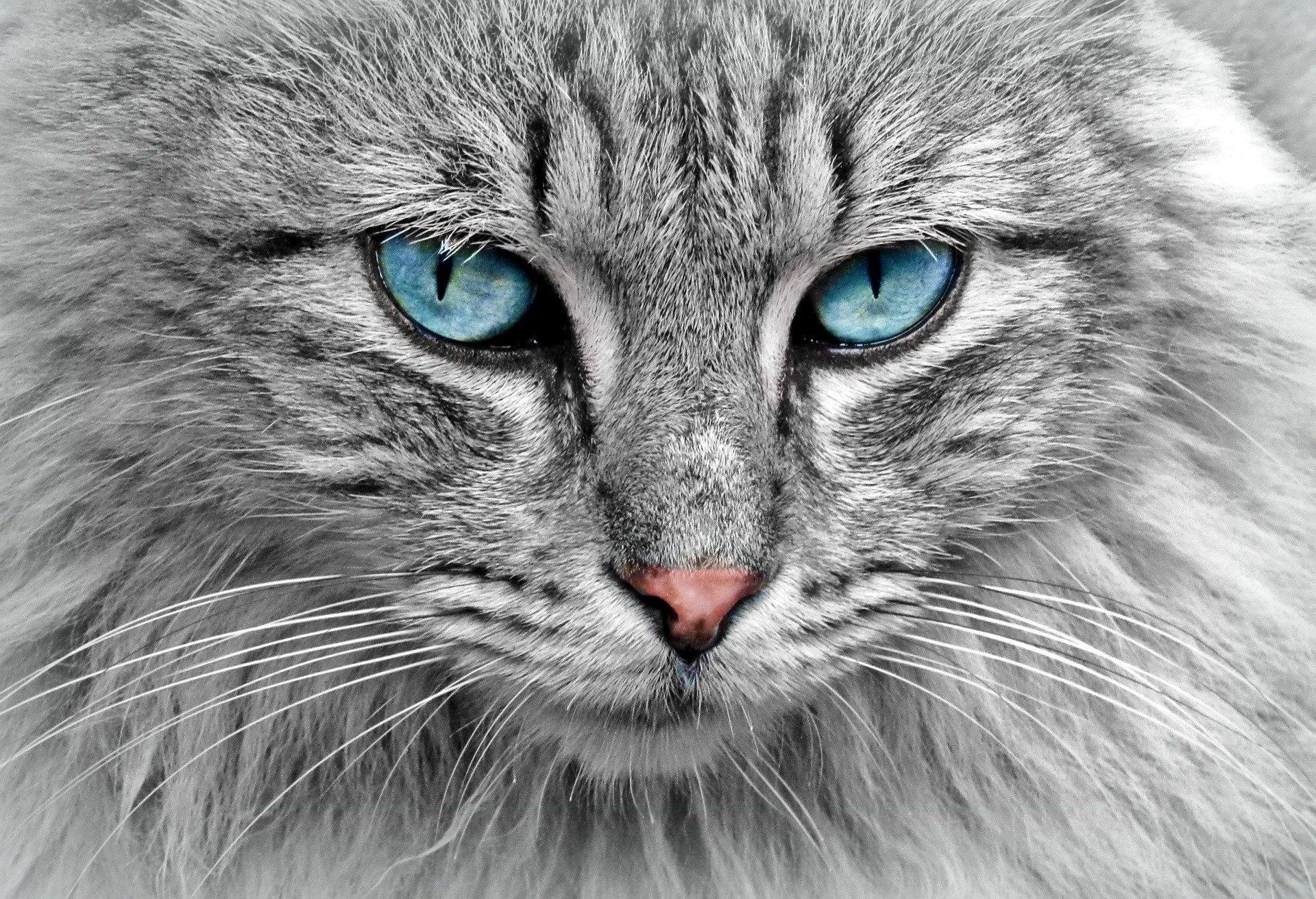 Read Now
Read Now
 Read Now
Read Now
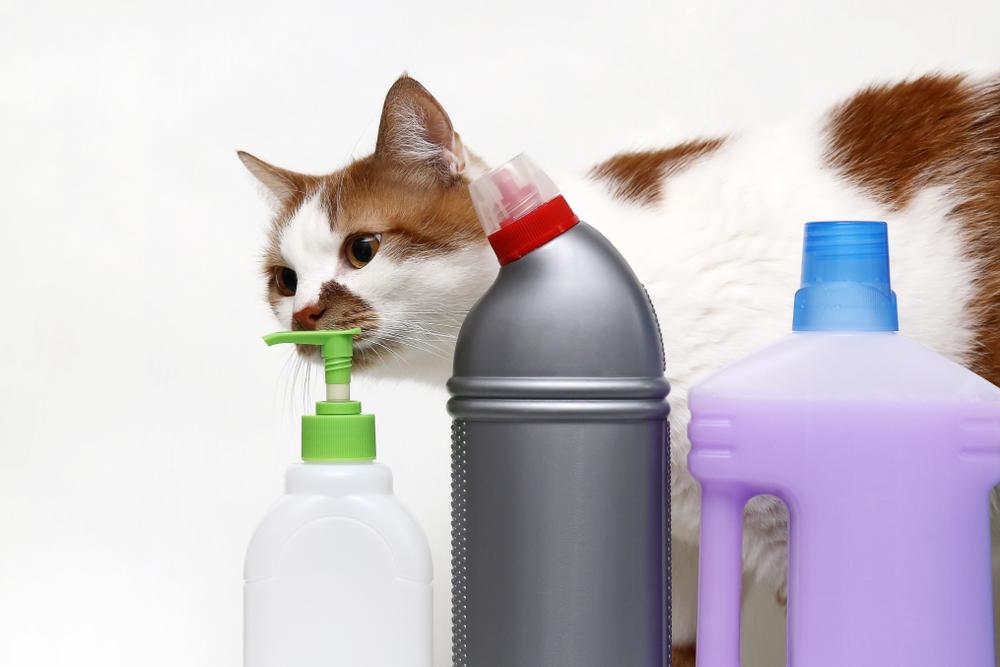 Read Now
Read Now
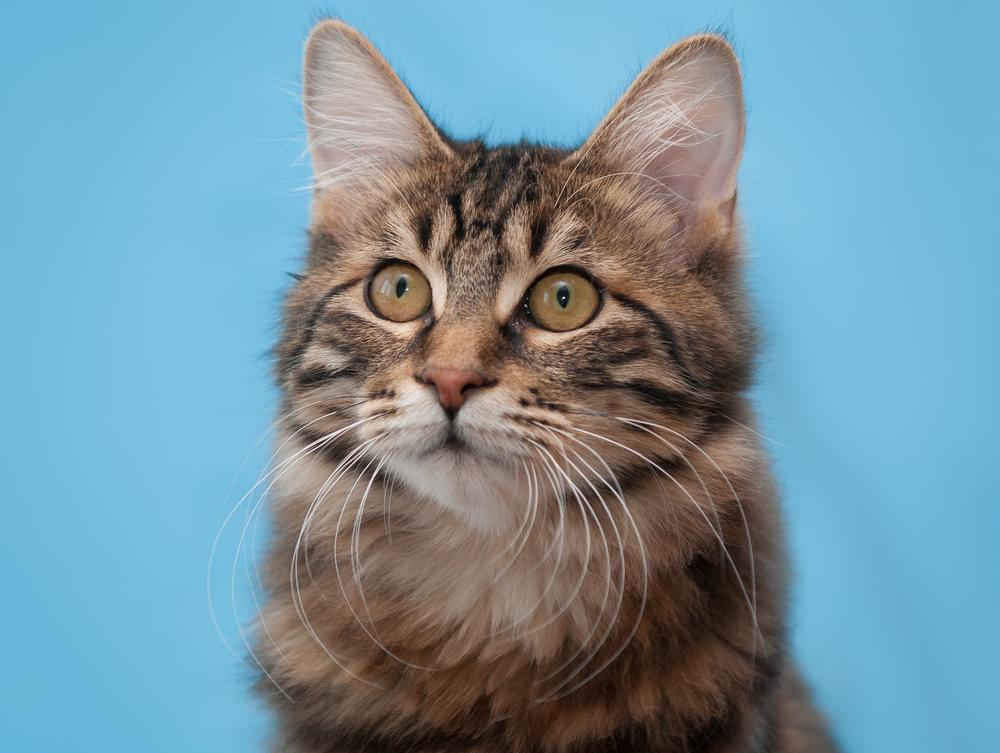 Read Now
Read Now
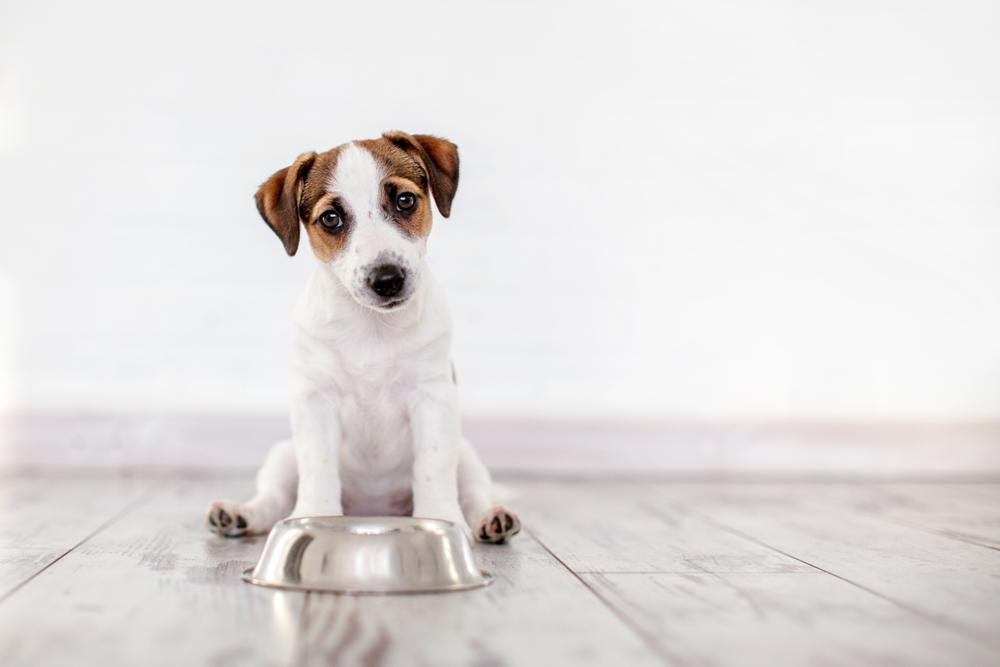 Read Now
Read Now
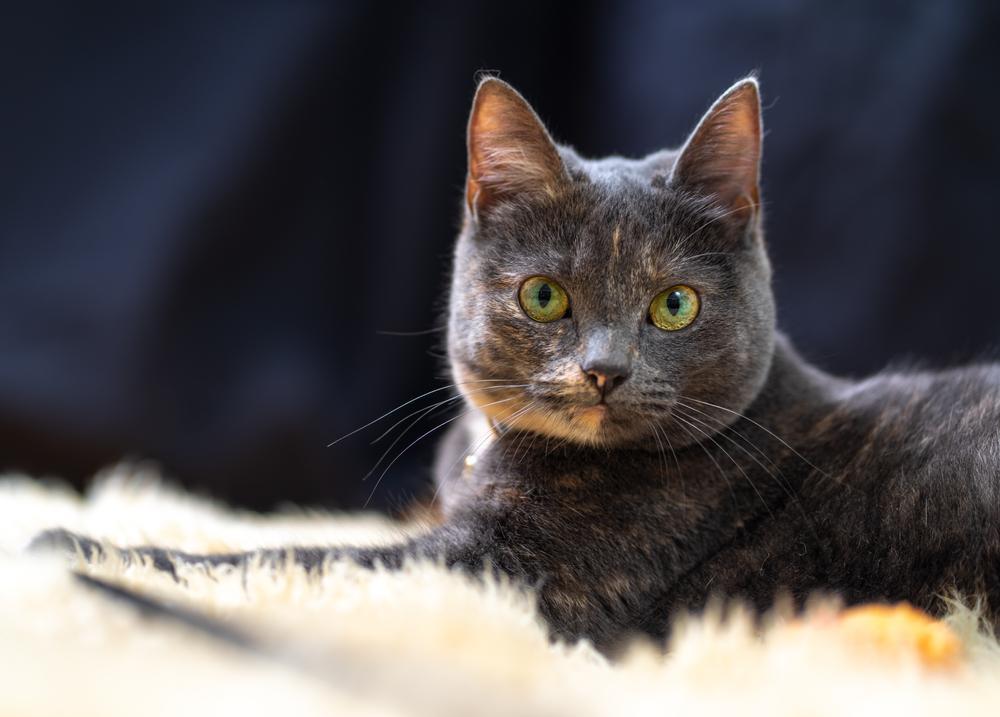 Read Now
Read Now
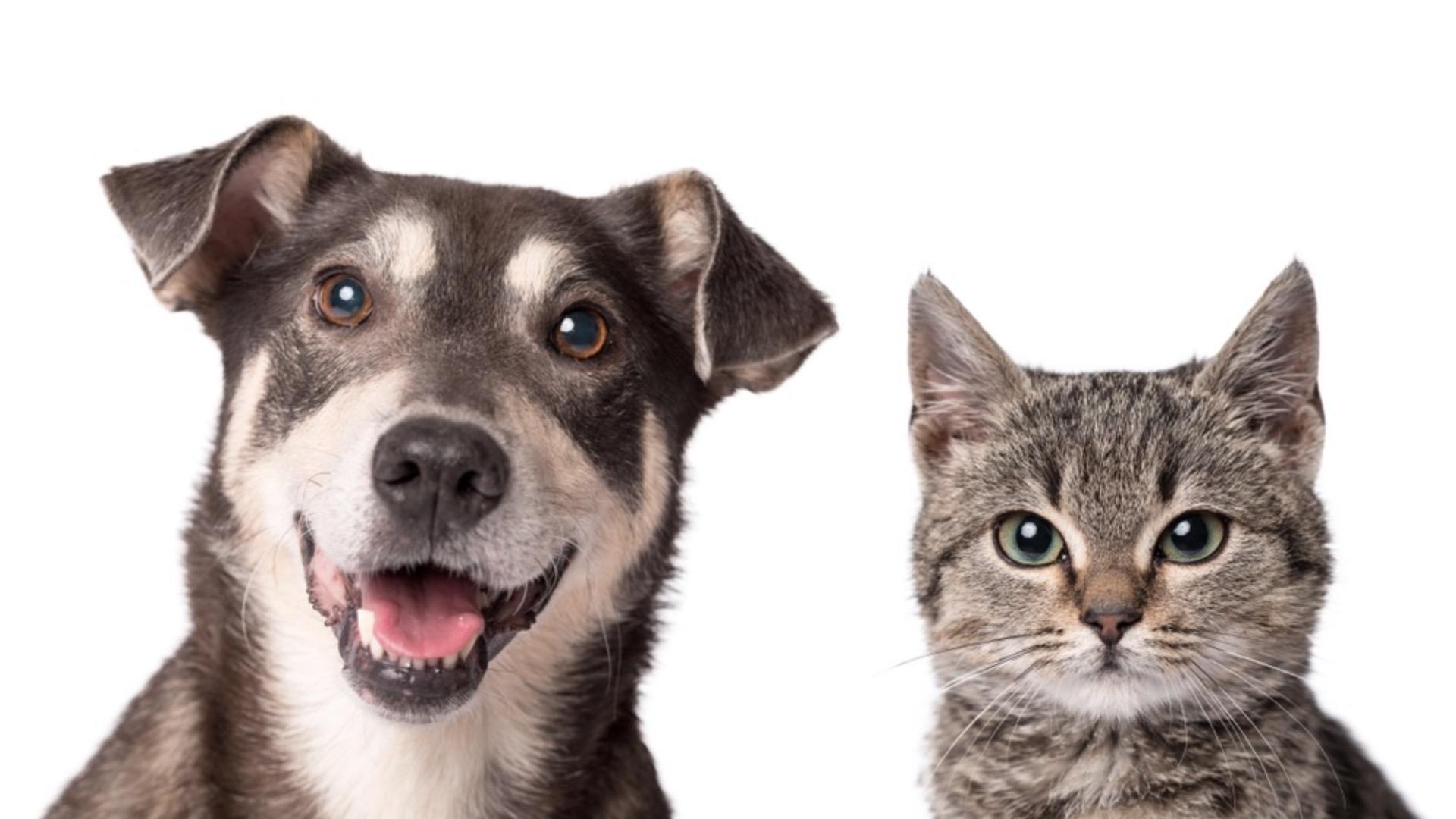 Read Now
Read Now
 Read Now
Read Now
-
£29.99£29.99£119.00£19.99£6.99

Do Indoor Cats Have Different Needs to Outdoor Cats?
- July 5, 2024
- 7 mins 50 secs
We love our feline friends here at My Pet Nutritionist, and one of the most commonly asked questions we get from concerned cat owners, is ‘does my indoor cat need different nutrition to cats who free-roam outside?’. Many cat owners keep their cats indoors for many reasons, from expensive pedigree breeds, to moggies. Some cats may live indoors for their own safety away from main roads, some may live indoors to help control medical needs, and some may live indoors, simply down to their breed. So, are there any different needs for these cats, versus the ones you may encounter when out and about? We will discuss this in this blog post, and help to put your mind at ease!

Amino acids are the building blocks of proteins, and there are 11 amino acids that are absolutely essential for cats; but there is one of particular importance, and that is Taurine. Taurine is used throughout the feline body to maintain healthy vision, aid cardiac muscle strength and contractions, maintain a healthy reproductive system, and keep the immune system in tip top condition.
The protein content of your cat’s diet should remain the same regardless of being an indoor, or an outdoor cat, the source of the protein may need to be tweaked though, depending on activity levels, due to different amounts of fat per protein, which brings us nicely onto fats in the diet of indoor vs outdoor cats.
Chicken, turkey or white fish may be a better option than beef, as an example, for those with a less active lifestyle.
Regardless of your cat being and inside, or outside cat, omega 3 fatty acids are a very important part of your cat’s diet! With cats eating meat, and lots of it, their natural intake of pro-inflammatory omega 6 fatty acids will be high. We need to balanced this out with added anti-inflammatory omega 3 fatty acids, in order to reduce inflammation in the body. You can read more about choosing an ideal omega 3 for your cat here!




You can read more about relieving stress in cats here.
Findings Here
Outdoor cats may feel less of a need to catch and eat prey (though hunting is very much a natural behaviour for cats!), and will have easily sustainable energy levels for the amount of activity they’re subject to. The benefits for indoor cats, however, don’t stop there! No pet owner likes to clean out a stinky litter tray, with often sizeable, or poorly formed stools. When eating a balanced fresh food diet, litter tray scooping becomes so much easier – stools of fresh fed cats tend to be smaller, harder, and less smelly than those on what most pet owners would consider a ’standard commercially prepared’ cat food.
You can find our balanced recipes for cats here!
Owners of indoor cats should ensure they are not over-vaccinating their pets. The risk of disease transmission is very low because these cats don’t go outside, so are not as exposed to disease as those who roam outside. If your cat is an indoor cat, it may be wise to discuss with your vet, and ensure you are not needlessly giving your pet vaccines he or she doesn’t need. Over vaccination can cause gut damage among other health problems.
When it comes to worm and flea treatments, again, indoor cats are unlikely to come across these pests, as they do not go outside to contract them through direct contact, or indirect contact via paw washing or insect bites. Those with outdoor cats, and those with indoor cats may wish to check for worms frequently by ordering a wormcounting kit from your chosen supplier, and sending stool samples to them. Testing for intestinal worms should be carried out every 3 moths for outdoor cats, and every 3 to 6 months for indoor cats.
Behaviourally speaking, outdoor cats are mostly able to fulfil their natural behavioural needs, however out indoor cats are often lacking this stimulation, so it is up to owners to allow the cat the opportunity to display these.
Our top tips for stimulation in cats are:
Findings Here
We hope kitty owners among our readers have found this blog post useful, and can find some areas of their cat’s lifestyle or nutrition to tweak, or improve. If you have any questions regarding your cat’s basic health and lifestyle, or you simply want to improve their diet, our Personalise package with the wonderful Katie may just be what you’re looking for! If your cat is unwell with health problems, and you require help improving their wellbeing, our Personalise package is perfect for you.
Team MPN x
Book Now
Nutritional Needs
Cats Are Carnivores
Our kitty companions are what we call ‘obligate carnivores’. There are two types of carnivore (meat eaters); facultative, and obligate. Facultative carnivores (the likes of dogs and other canids) eat primarily meat, but may benefit from a little plant matter. Obligate carnivores are meat eaters that eat, and thrive on a purely meat diet with no plant matter at all. Our cats do not need vegetables or fruits to thrive. This is very much the same for indoor and outdoor cats – those with outdoor cats may often find their cats will even catch their own prey; some may even eat it, but many will bring their owner a ‘gift’ – how kind of them!Calorie Content
While indoor and outdoor cats require the same nutrients, many indoor cat owners may notice their pets need a smaller portion of food vs their outdoor counterparts. Outdoor cats often tend to be more active than those with a purely indoor lifestyle, which of course burns more calories, meaning outdoor cats, particularly those who are more active and enjoy hunting or walking longer distances, may need larger meals than those who live a more sedentary lifestyle in the home.
My Pet Nutritionist has a supplement that may help with this, check out the following:
Gut Guardian
Gut Guardian is expertly crafted by our team of nutritionists and vets to support digestive health. This specialised formula addresses food intolerances and chronic issues like itchy skin. Each ingredient is carefully selected, offering reliable support for a healthier, happier gut.
Buy Now
From £37.00
Protein
Both indoor and outdoor cats need a high protein diet. Protein is incredibly important in the diet of cats, as it is one of the main energy sources used to maintain blood glucose levels due to metabolic adaptations carried by the cat. Protein is not only used to maintain blood glucose levels, but for general energy too; even in those who are fed a diet lacking in protein, resulting in rapid weight loss. This is seen very frequently in older cats fed a commercial dry food diet, as these are very high in carbs, and lack quality meat proteins.Amino acids are the building blocks of proteins, and there are 11 amino acids that are absolutely essential for cats; but there is one of particular importance, and that is Taurine. Taurine is used throughout the feline body to maintain healthy vision, aid cardiac muscle strength and contractions, maintain a healthy reproductive system, and keep the immune system in tip top condition.
The protein content of your cat’s diet should remain the same regardless of being an indoor, or an outdoor cat, the source of the protein may need to be tweaked though, depending on activity levels, due to different amounts of fat per protein, which brings us nicely onto fats in the diet of indoor vs outdoor cats.
Fat
Now, fat is one of the most important nutrients in your cat’s diet! Fat is the main energy source for general activity in cats. When seeking out a meat suitable for your cat, it is important to consider your pet’s lifestyle, age and activity levels. A more sedentary indoor cat, will need a protein lower in fat than an active outdoor cat, as feeding a cat that is not very active, a meat with a high fat content will result in the energy creates not being used, and your pet could end up overweight.Chicken, turkey or white fish may be a better option than beef, as an example, for those with a less active lifestyle.
Regardless of your cat being and inside, or outside cat, omega 3 fatty acids are a very important part of your cat’s diet! With cats eating meat, and lots of it, their natural intake of pro-inflammatory omega 6 fatty acids will be high. We need to balanced this out with added anti-inflammatory omega 3 fatty acids, in order to reduce inflammation in the body. You can read more about choosing an ideal omega 3 for your cat here!
Explore Related Products

Gut Guardian
From £37.00
Buy Now

Liver Guard
Out of Stock
Coming Soon

Itch Complex
Out of Stock
Coming Soon

Calm Complex
Out of Stock
Coming Soon
Furball Control
Due to being indoors, and away from environmental temperature changes that naturally occur throughout the year, indoor cats tend to shed noticeably more than outdoor cats, and all year around, too! This bring the higher chance of furballs – with the telltale retching noise our furry friends do when they have consumed too much fur through regular grooming! In order to help these furballs pass easily through the gut, indoor cats often require a diet higher in fibre than those who roam freely outside. Supplements high in insoluble fibre can be included in the diet of indoor cats, or outdoor cats prone to furballs, in order to help them pass through the digestive tract with ease, and reduce the risk of intestinal blockage. Although indoor cats are obligate carnivores, insoluble fibre can be sought through feeding a very small amount of plant matter, or a cellulose (the fibrous substance making the cell wall of plant cells) supplement.Stress In Indoor Cats
It is thought that indoor cats may also be subject to stress, particularly when their owner leaves them. Indoor cats can be very loyal, and very much attached to their owner, leaving them with the chance of separation anxiety. While this concept isn’t set in stone, and more research is needed to confirm it, it certainly is a possibility. Outdoor cats may also come into stressful situations when they meet other cats, or environmental challenges. There are nutrients we can include in our cat’s diet to help reduce stress, such as:- Vitamin B6 which helps the body create red blood cells and neurotransmitters and can be found in pork, poultry, fish, egg and organ meat.
- Vitamin B9 (Folate) which helps change behaviour and relieves anxiety and can be found in eggs, seafood and liver.
- Vitamin B12 which is heavily involved in cognitive abilities and affects mood and can be found in lamb, beef and turkey organ meats, oily fish, and brain.
- Choline which turns into a neurotransmitter called acetylcholine which is used by the nervous system for healthy function. choline can be found in egg, liver and beef.
- Magnesium deficiencies are common in pets with low mood or anxiety. Magnesium can be found in tuna, beef, pork and poultry.
- Omega 3 can be extremely useful in these situations, as it helps to reduce inflammation on the brain. It can be found in eggs, oily fish, or fish oils.
You can read more about relieving stress in cats here.
Findings Here
What Type of Food Should I Feed?
Fresh food will always be our first recommendation when it comes to deciding what to feed your pets, whether they’re cats, or dogs! Feeding your cat a balanced fresh food, whether that’s raw, or gently cooked is not only in it’s most bio-available form, but we also know exactly what our pets are eating! We can tweak recipes and tailor them to your cat’s nutritional needs, ensuring the correct amount of protein and fat to keep your pet healthy.Outdoor cats may feel less of a need to catch and eat prey (though hunting is very much a natural behaviour for cats!), and will have easily sustainable energy levels for the amount of activity they’re subject to. The benefits for indoor cats, however, don’t stop there! No pet owner likes to clean out a stinky litter tray, with often sizeable, or poorly formed stools. When eating a balanced fresh food diet, litter tray scooping becomes so much easier – stools of fresh fed cats tend to be smaller, harder, and less smelly than those on what most pet owners would consider a ’standard commercially prepared’ cat food.
You can find our balanced recipes for cats here!
Lifestyle Changes for Your Indoor Cat
Diet is of course, an essential part of health for your cat, but there are other aspects of life which you may consider changing for your indoor cat; namely their vaccination schedule, and their worm or flea regime.Owners of indoor cats should ensure they are not over-vaccinating their pets. The risk of disease transmission is very low because these cats don’t go outside, so are not as exposed to disease as those who roam outside. If your cat is an indoor cat, it may be wise to discuss with your vet, and ensure you are not needlessly giving your pet vaccines he or she doesn’t need. Over vaccination can cause gut damage among other health problems.
When it comes to worm and flea treatments, again, indoor cats are unlikely to come across these pests, as they do not go outside to contract them through direct contact, or indirect contact via paw washing or insect bites. Those with outdoor cats, and those with indoor cats may wish to check for worms frequently by ordering a wormcounting kit from your chosen supplier, and sending stool samples to them. Testing for intestinal worms should be carried out every 3 moths for outdoor cats, and every 3 to 6 months for indoor cats.
Behavioural Needs
Lastly, let’s take a quick look at how the behavioural needs of a cat may change depending on if they’re indoor or outdoor cats.Behaviourally speaking, outdoor cats are mostly able to fulfil their natural behavioural needs, however out indoor cats are often lacking this stimulation, so it is up to owners to allow the cat the opportunity to display these.
Our top tips for stimulation in cats are:
- More perches/cat trees – enabling your cat to explore multiple levels and textures etc, means they can display normal behaviours of jumping, crawling etc.
- Scratch posts – these help your cat display natural scratching behaviours… and saves your furniture! This motion can also help to relieve stress.
- Consider a catio – if your living quarters allow, a catio can be a great addition for your indoor cat, to safely allow them some space to roam outside, take in the fresh air, and enjoy the scents of outdoors! Catios can greatly improve your cat’s fulfilment of needs, and keeps them safely out of harm’s way.
- Mental enrichment games – there are so many mental enrichment games and toys for cats these days. From feathered toys on strings, to fillable treat puzzles, there are so many options to choose from, and definitely at least one or two that your cat would enjoy.
Findings Here
We hope kitty owners among our readers have found this blog post useful, and can find some areas of their cat’s lifestyle or nutrition to tweak, or improve. If you have any questions regarding your cat’s basic health and lifestyle, or you simply want to improve their diet, our Personalise package with the wonderful Katie may just be what you’re looking for! If your cat is unwell with health problems, and you require help improving their wellbeing, our Personalise package is perfect for you.
Team MPN x
Book a Consultation
We offer a wide variety of one-to-one consultation packages designed to support your pet’s health and identify any causes for concern.
Customer Reviews
Explore related products
Related articles

Dietary NeedsGeneral HealthBehaviourCatsCats General Health
Do Indoor Cats Have Different Needs to Outdoor Cats?
Jul 05 2024
•
7 mins 50 secs

Dietary NeedsGeneral HealthBehaviourCatsCats General Health
Understanding Pet Food Labels
Jun 13 2024
•
8 mins 40 secs

Dietary NeedsGeneral HealthBehaviourCatsCats General Health
The Low Down on Hypoglycaemia in Pets
Jun 06 2024
•
8 mins 25 secs

Dietary NeedsGeneral HealthBehaviourCatsCats General Health
What is Pica, and Does Your Pet Have It?
May 23 2024
•
7 mins 15 secs

Dietary NeedsGeneral HealthBehaviourCatsCats General Health
How to Choose the Best Omega Oil for Pets
May 03 2024
•
12 mins 45 secs

Dietary NeedsGeneral HealthBehaviourCatsCats General Health
How to Avoid Environmental Hazardous Exposure in Pets – Part 2
Apr 25 2024
•
16 mins

Dietary NeedsGeneral HealthBehaviourCatsCats General Health
How To Avoid Environmental Hazardous Exposure in Pets – Part 1
Apr 19 2024
•
9 mins 40 secs

Dietary NeedsGeneral HealthBehaviourCatsCats General Health
The Ultimate Guide on Parasites: Part 2 – Internal Parasites
Feb 17 2024
•
16 mins

Dietary NeedsGeneral HealthBehaviourCatsCats General Health
The Ultimate Guide on Parasites – Part 1: External Parasites
Feb 16 2024
•
11 mins 40 secs

Dietary NeedsGeneral HealthBehaviourCatsCats General Health
What Should I Feed My Cat or Dog?
Jan 11 2024
•
8 mins 40 secs

Dietary NeedsGeneral HealthBehaviourCatsCats General Health
Should I Fast my Cat or Dog?
Jan 04 2024
•
6 mins 10 secs

Dietary NeedsGeneral HealthBehaviourCatsCats General Health
HELP, my Cat has Furballs!
Aug 17 2023
•
4 mins 50 secs

Dietary NeedsGeneral HealthBehaviourCatsCats General Health
Should I Feed Vegetables to my Pet?
Aug 10 2023
•
5 mins 30 secs

Dietary NeedsGeneral HealthBehaviourCatsCats General Health
Hormones, and Their Role in the Body
Apr 20 2023
•
7 mins 12 secs

Dietary NeedsGeneral HealthBehaviourCatsCats General Health
Offal… Why is it Important?
Mar 29 2023
•
4 mins 32 secs

Dietary NeedsGeneral HealthBehaviourCatsCats General Health
How to Enrich Your Cat’s Life
Aug 08 2022
•
5 mins 30 secs

Dietary NeedsGeneral HealthBehaviourCatsCats General Health
How Can We Support the Stressed Cat?
Jun 02 2022
•
6 mins 35 secs

Dietary NeedsGeneral HealthBehaviourCatsCats General Health
What is Cat Acne? Our Top Tips to Tackle It
Jan 31 2022
•
5 mins 54 secs

Dietary NeedsGeneral HealthBehaviourCatsCats General Health
How Can I Help My Cat Lose Weight?
Jan 31 2022
•
4 mins 30 secs

Dietary NeedsGeneral HealthBehaviourCatsCats General Health
Can Cats Improve Our Health?
Nov 16 2021
•
5 minutes 52 secs

Dietary NeedsGeneral HealthBehaviourCatsCats General Health
Should I Feed My Pet a Vegan Diet?
Nov 09 2021
•
5 mins 6 secs

Dietary NeedsGeneral HealthBehaviourCatsCats General Health
5 Tips To Keep Your Cat Healthy
Sep 04 2021
•
8 min read

Dietary NeedsGeneral HealthBehaviourCatsCats General Health
The Importance of Water
Jun 14 2021
•
8 min read

Dietary NeedsGeneral HealthBehaviourCatsCats General Health
Cats Are Not Small Dogs
Jun 10 2021
•
7 min read

Dietary NeedsGeneral HealthBehaviourCatsCats General Health
How Nutrition Affects Your Pet’s Genes
Apr 19 2021
•
15 min read

Dietary NeedsGeneral HealthBehaviourCatsCats General Health
The Struggle of the Cat in our Toxic World
Mar 09 2021
•
8 min read

Dietary NeedsGeneral HealthBehaviourCatsCats General Health
Hyperthyroidism in Cats
Jan 21 2021
•
6 min read

Dietary NeedsGeneral HealthBehaviourCatsCats General Health
What is the best kind of pet food?
Jan 14 2021
•
11 min read

Dietary NeedsGeneral HealthBehaviourCatsCats General Health
What Food Should My Cat Eat?
Nov 04 2020
•
8 min read

Dietary NeedsGeneral HealthBehaviourCatsCats General Health
Natural Flea and Worming Treatments
May 05 2020
•
7 min read

Dietary NeedsGeneral HealthBehaviourCatsCats General Health
What is the best food to feed my cat or dog?
Oct 10 2019
•
5 min read
✕








